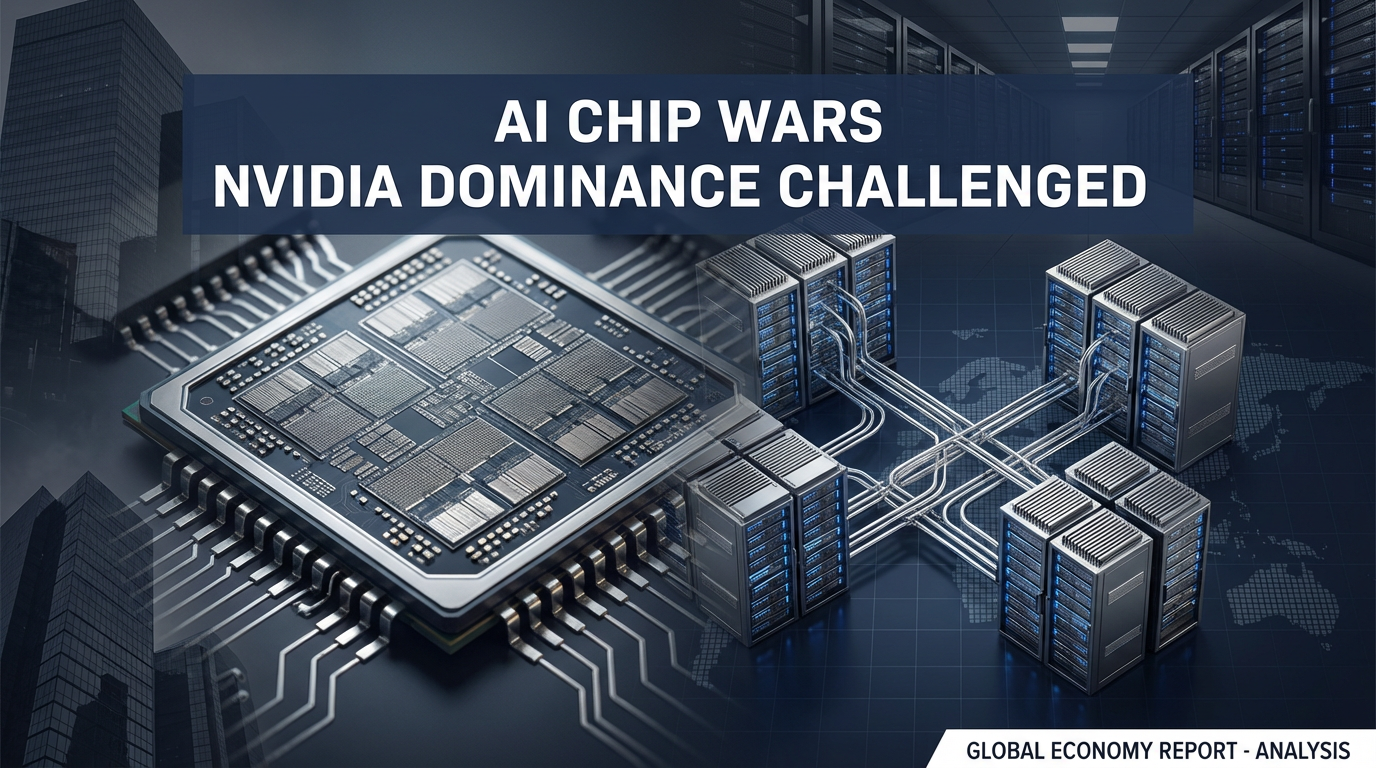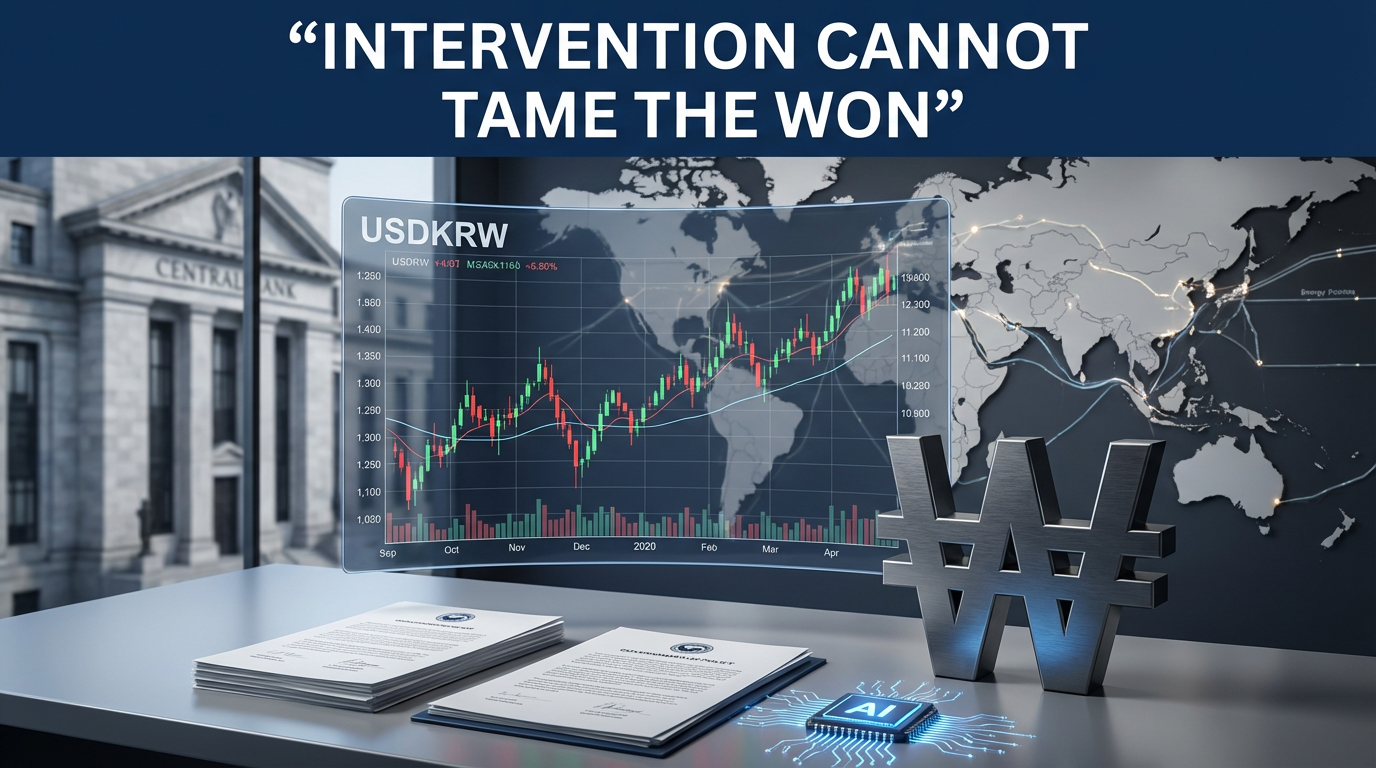● Nvidia’s AI Gamble, Samsung’s Opportunity
[ Nvidia's AI Gamble, Samsung's Opportunity ]
-
Background and Market Situation
• Changes in the Global Semiconductor Industry and Intensified Competition
The semiconductor industry has developed rapidly over the past 40 years, with fierce competition among various countries such as the United States, Japan, Taiwan, and South Korea.
A cooperative network of 70 billion KRW and 300,000 parts form a complete system, creating an entire ecosystem.
• Geopolitical Conflicts between the United States, China, and Taiwan
As the United States tries to maintain its competitiveness through sanctions against China, Taiwanese and South Korean companies are further accelerating their efforts to strengthen technology and production capabilities. -
ASML's Innovative Technology and Supply Chain Management
• ASML's History and Technological Innovation
ASML is a company that spun off from Philips and grew by overcoming technical difficulties.
The technology of two innovative laser devices executing 50,000 liquid tin injections per second is the core of semiconductor cutting-edge processes.
• Complex Supply Chain and Cooperation System
A system in which more than 300,000 parts and 700 companies cooperate demonstrates ASML's outstanding supply chain management capabilities.
It maintains high quality and precision by closely cooperating with partners of various nationalities. -
The Changing Process of the Global Semiconductor Ecosystem
• Technology Competition and the Flow of History
In today's semiconductor ecosystem, powerhouses such as TSMC, Intel, Samsung Electronics, and Hynix have established themselves, and ASML has also greatly contributed to their technological development.
The process in which each company has honed its technological prowess by experiencing Philips, DUV equipment, and patent disputes in the past has created today's super-gap.
• Patent Disputes and Technology Transfer
Patent disputes between Japan and the United States, and the technology built upon overcoming them, further solidify ASML's unique position.
-
Corporate Leadership and Management Strategy
• Joint CEO System and Organizational Culture
ASML is an example of a company that has successfully grown under a joint CEO system for 12 years, with experts in contrasting fields such as physics, engineering, and accounting systems complementing each other.
This type of leadership plays a major role in helping companies overcome internal conflicts and grow stably.
• Strategic Investment and Technology Acquisition
Strategic moves such as cooperation with global foundries such as TSMC and expansion of investment in the United States are continuing to maintain competitiveness. -
Technology Competition with the United States, China, and Taiwan
• Sanctions and Response Strategies
The United States is taking various sanctions to curb China's semiconductor technology development, and as a result, Chinese companies are attempting localization and technological independence.
In this situation, South Korean and Taiwanese companies are actively investing in new technology research to fill the technology gap and strengthen their competitiveness.
• Foundry and Production Capacity Improvement
TSMC and Samsung Electronics are focusing on increasing their technology and productivity by expanding their production plants not only in the United States but also in the global market. -
Latest Technology Trends and Future Prospects
• Importance of EUV Equipment and Exposure Process
The EUV equipment provided by ASML surpasses the limitations of existing DUV equipment and enables the implementation of even finer line widths.
In advanced processes, various process technologies such as exposure equipment and multi-patterning are combined to improve product quality and yield.
• Next-Generation Technologies and AI, Robots, Autonomous Driving
Semiconductor technology development acts as an essential element in various new industries such as AI, autonomous driving, and robots, creating new growth engines.
As high-performance GPUs and computing power are needed, the competition for future technologies is expected to intensify further.
• Cost Reduction and Government Subsidy Policies
Although it is a high value-added industry, the problem of increasing production costs needs to be supplemented by government subsidy policies or strategic investments.
Companies are continuing their efforts to increase cost competitiveness by efficiently managing global production networks.
The global semiconductor industry has grown over 40 years based on technological innovation and complex supply chain systems, and ASML maintains the industry’s super-gap with ultra-precision EUV equipment and excellent supply chain management. The United States, China, Taiwan, and South Korean companies are preparing to lead the future market through independent technology acquisition and strategic investment amid geopolitical conflicts and competition, and are looking forward to a new leap forward with the development of new industries such as AI, autonomous driving, and robots.
[More…]
» ASML https://nextgeninsight.net/?s=ASML
» Semiconductors https://nextgeninsight.net/?s=%EB%B0%98%EB%8F%84%EC%B2%B4
*YouTube Source: [와이스트릿 – 지식과 자산의 복리효과]
– “AI 시장 걱정할 때 아냐” 엔비디아의 도전과 위기, 삼성전자의 승부처까지 / 김장열 본부장 (풀버전)



